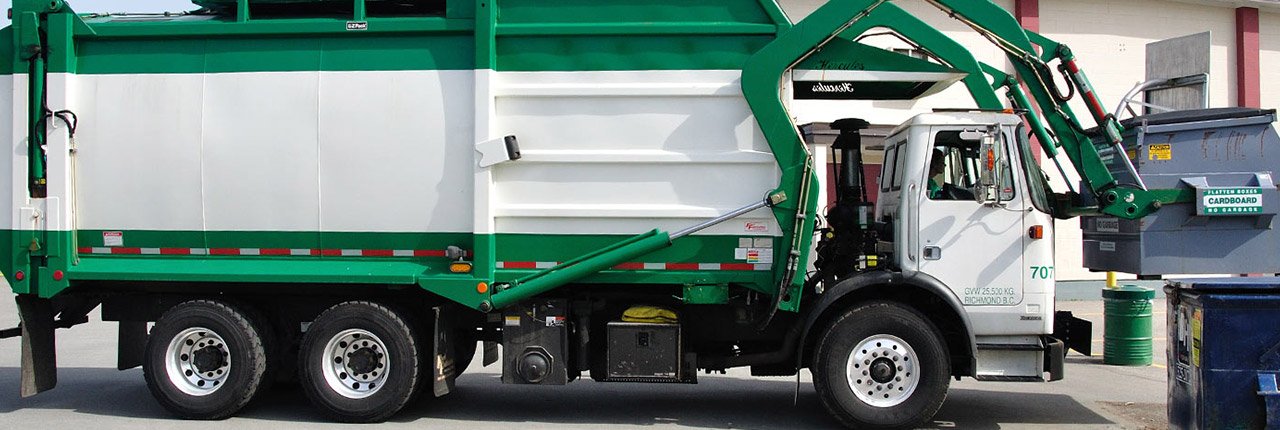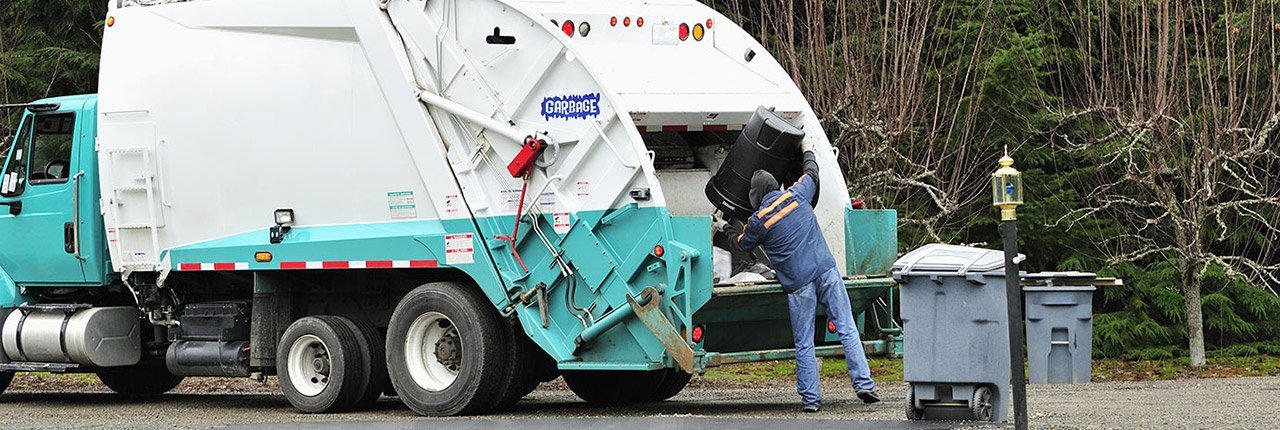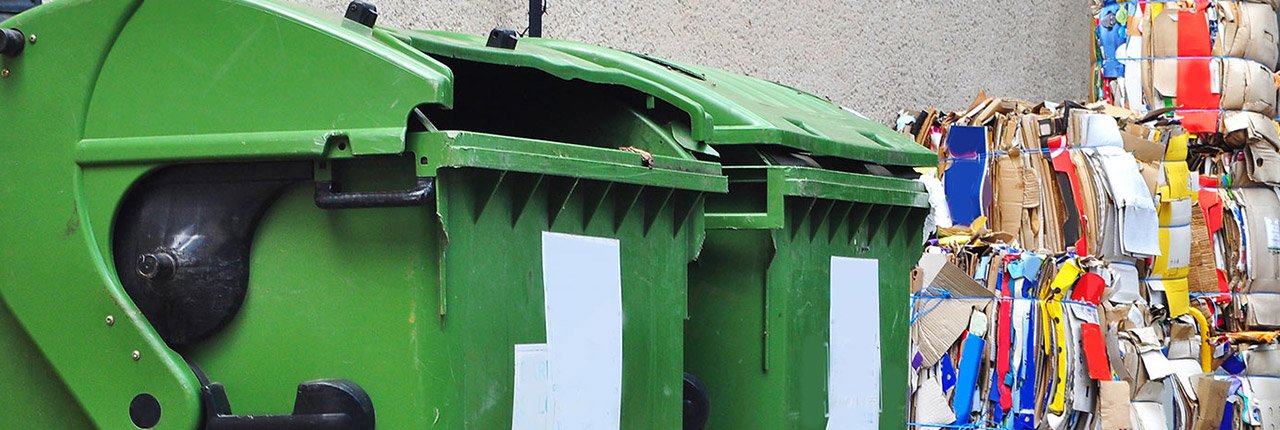Creative Recycling Initiatives for Educational Facilities
Posted on 23/09/2025
Creative Recycling Initiatives for Educational Facilities
With increasing concern for the environment, educational institutions are in a unique position to lead by example. Implementing creative recycling initiatives not only helps the planet but also teaches invaluable lessons to students. This comprehensive article explores innovative recycling programs, ideas, and the long-term impact recycling can have within educational environments.

Why Should Educational Facilities Embrace Recycling?
Educational facilities generate significant waste daily, ranging from paper and cardboard to food scraps and electronic devices. By adopting creative recycling solutions, schools and universities can reduce landfill contributions, conserve resources, save money, and embed environmental stewardship within their communities. Moreover, effective recycling programs in schools educate future generations about sustainability, responsibility, and innovation.
Benefits of Recycling in Educational Environments
- Environmental protection: Reduces the carbon footprint and helps conserve the ecosystem.
- Cost savings: Decreasing waste disposal costs and sometimes earning revenue from recyclables.
- Student engagement: Involvement fosters leadership and creativity.
- Real-world learning: Connects classroom lessons to practical sustainability challenges.
- Community impact: Inspires families and local organizations to adopt similar approaches.
Creative Recycling Initiatives for Schools and Colleges
1. Upcycling Competitions and Art Projects
One of the most innovative recycling initiatives for educational facilities involves turning "waste" into art or functional objects. Schools can host upcycling competitions, encouraging students and staff to create sculptures, decorations, or practical items (like pencil holders or benches) using discarded materials. These creative challenges help students see waste as a resource and encourage critical thinking and problem-solving.
2. Recycling Education and Curriculum Integration
Integrating recycling topics into the curriculum ensures students learn the science, economics, and ethics of waste management. Creative recycling lesson plans might include:
- Field trips to recycling centers or eco-parks.
- Guest lectures from environmental organizations.
- Hands-on sorting and categorizing activities.
- Science projects tracking the lifecycle of common recyclable materials.
This approach fosters a lasting understanding of recycling's significance.
3. Zero-Waste Cafeterias
School cafeterias are notorious for producing significant waste, especially single-use plastics and food scraps. Zero-waste cafeteria programs emphasize composting, reusable dishware, and clear labeling for recycling bins. Installing accessible sorting stations guides students toward making the right recycling choices.
- Encourage students to bring reusable containers and utensils.
- Partner with local composting services for food scraps.
- Convert organic waste into compost for school gardens, closing the recycling loop.
4. E-Waste Recycling Programs
With the constant upgrade of technological devices, educational institutions accumulate old computers, printers, and gadgets. Setting up dedicated e-waste collection days allows proper, eco-friendly disposal of electronics. Schools can collaborate with certified e-waste recyclers to safely handle devices, ensuring hazardous components are disposed of responsibly.
5. Green Teams and Student-Led Recycling Initiatives
Empowering students to take charge of recycling efforts cultivates leadership and environmental passion. Establishing "Green Teams" or eco-clubs can help identify waste streams, run awareness campaigns, and monitor progress. These groups can:
- Organize school-wide recycling drives.
- Develop educational materials about waste reduction.
- Report on the school's environmental impact and set recycling targets.
6. Clothing and Textile Recycling Drives
Textiles are often overlooked in recycling programs. Hosting gently-used clothing swaps or textile collection days can reduce landfill waste. Clothes in good condition are re-homed, while worn-out items can be donated to fabric recyclers or used in student art projects.
7. Bottle Cap and Marker Recycling Schemes
Small items like bottle caps and markers usually end up in landfills. By partnering with organizations that specialize in recycling such items (e.g., TerraCycle), schools can collect and ship them for responsible processing. Encouraging homerooms or classes to compete in collecting the most items makes the process fun and interactive.
8. Garden Composting and Outdoor Classrooms
Composting food scraps and yard waste is a practical recycling initiative with educational value. Setting up a school compost program or garden demonstrates how organic waste is recycled into nutrient-rich soil. Outdoor classrooms can incorporate compost monitoring or gardening, helping students connect ecology and responsibility with hands-on experiences.
9. Recycling Awareness Campaigns and Signage
Effective recycling in educational facilities requires continuous education and reminders. Creative awareness campaigns might include posters designed by students, themed recycling weeks, and regular announcements. Clear, color-coded signage on bins with pictures of accepted items helps minimize contamination and reinforces correct habits.
10. Fundraising Through Recycling
Many recyclables--like aluminum cans and ink cartridges--can be monetized for fundraising. Schools can establish recycling-for-funds initiatives where proceeds support environmental projects, equipment purchases, or charitable donations. This incentivizes participation and demonstrates the tangible benefits of recycling.
Case Studies: Successful School Recycling Programs
Case Study 1: A Zero-Waste Middle School
Evergreen Middle School implemented a robust zero-waste initiative, installing sorting stations in every hallway and training student Green Teams to monitor and educate peers. Results included a 50% reduction in landfill waste, with composted food scraps nourishing the school's community garden.
Case Study 2: College E-Waste Drives
Green Valley University established biannual e-waste collection events, inviting not only students and staff but also the neighboring community. The university safely recycled over two tons of electronics in the first year, preventing hazardous materials from polluting local landfills.
Case Study 3: Upcycling Art Festival
Riverdale High School organized an annual upcycling art festival, showcasing student sculptures and functional creations made entirely from recyclables. The event engaged local artists as judges and drew support from local recycling businesses, turning waste awareness into a celebration of creativity.
Implementing and Sustaining Creative Recycling Ideas
Steps for Launching Successful Recycling Initiatives
- Conduct a waste audit: Assess the types and quantities of waste produced to identify recycling opportunities.
- Set clear goals: Define measurable targets for waste reduction and recycling participation.
- Engage stakeholders: Involve students, teachers, custodians, and parents from the outset.
- Provide infrastructure: Ensure sufficient bins, signage, and collection partnerships are in place.
- Educate and promote: Continuously inform and motivate the school community with campaigns, workshops, and competitions.
- Monitor and adapt: Track progress and make program adjustments as needed.
- Reward participation: Recognize or incentivize individuals or classes for outstanding contributions.
Common Challenges (and Solutions) in School Recycling Programs
- Contamination: Solution: Comprehensive education and bin signage reduce improper recycling.
- Funding: Solution: Partner with recyclers offering rebates, or launch grant-funded pilot programs.
- Student apathy: Solution: Make recycling fun with competitions and visible rewards.
- Staffing limitations: Solution: Recruit student volunteers, eco-clubs, or "green" ambassadors.

Future Trends in Educational Facility Recycling
As environmental consciousness grows, expect to see even more innovative recycling practices in educational settings. Emerging trends may include:
- Smart bins with sensors that track and gamify recycling activities.
- Expanded circular economy initiatives where schools "close the loop" by purchasing products made from their own recyclables.
- Collaborative community recycling hubs, shared with local neighborhoods.
- Integration of recycling data and sustainability performance within school report cards.
These advances demonstrate that creative recycling initiatives for educational facilities will remain at the forefront of sustainability education.
Conclusion: Building Greener Schools for a Sustainable Future
Adopting creative recycling initiatives in schools and universities is more than just good practice--it's essential for nurturing environmentally responsible citizens. Through upcycling art, zero-waste cafeterias, e-waste drives, and student-led programs, educational facilities can lead the way towards a greener future. Success depends on consistent engagement, ongoing education, and the support of the entire school community.
Every recycled item counts. By embracing inventive recycling strategies, educational institutions not only reduce their environmental impact but also inspire generations to think, act, and live more sustainably.
Ready to start your own creative recycling journey at your educational facility? Begin with one initiative and watch your school's culture--and the planet--start to transform for the better.







